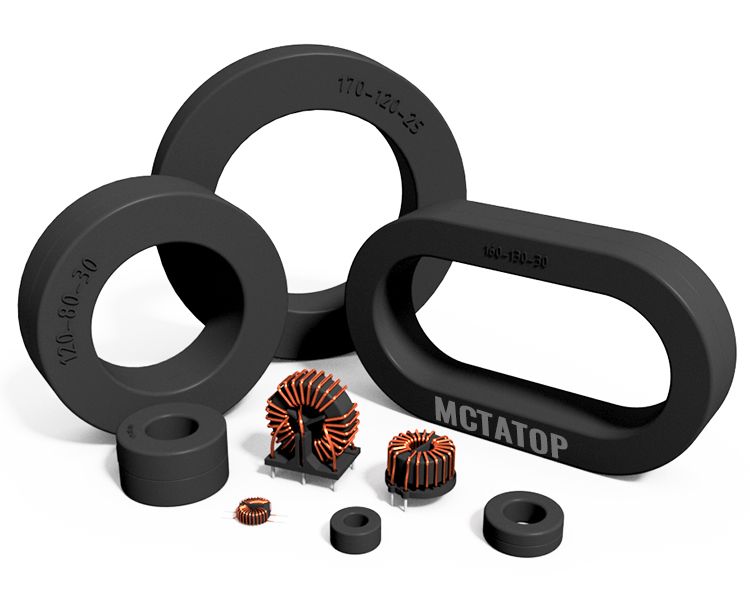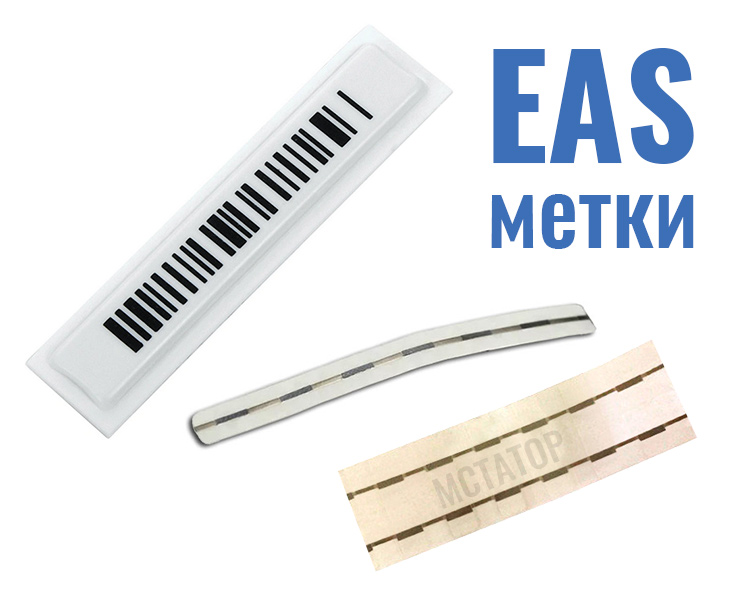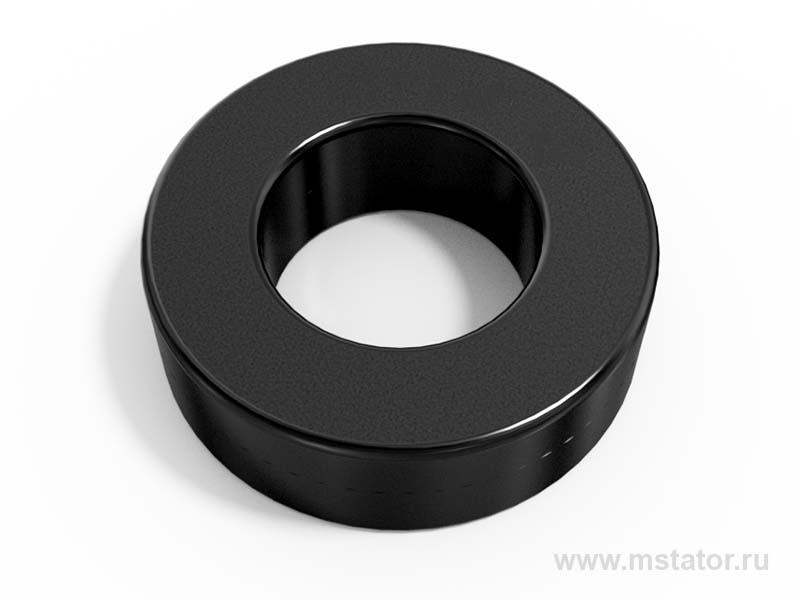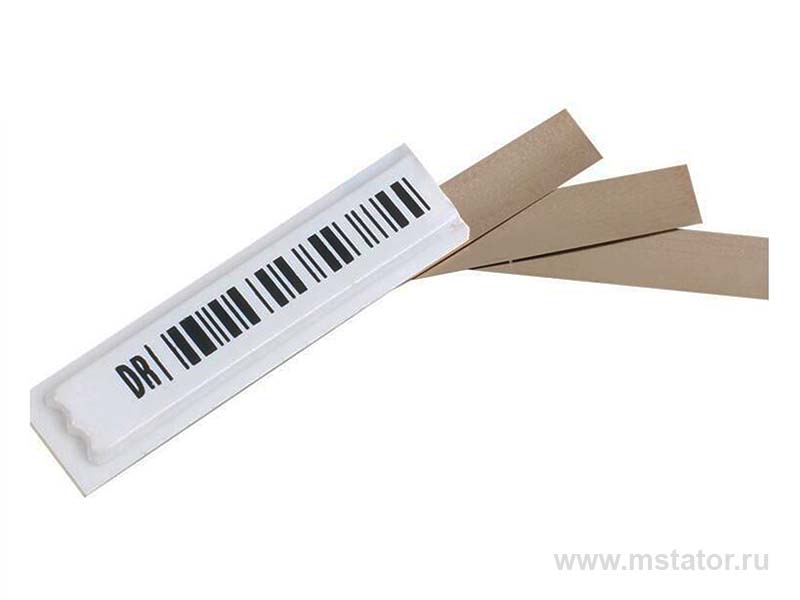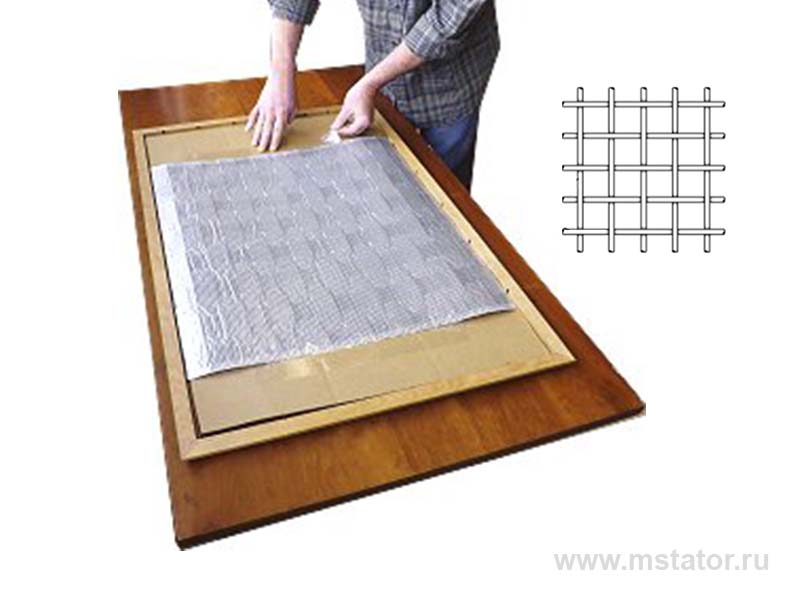Аморфные магнитомягкие сплавы
Аморфные сплавы – новый особый класс прецизионных сплавов, отличающийся от кристаллических сплавов структурой, способом изготовления, областью существования на температурно-временной диаграмме и свойствами.
В 60-х годах эксперименты по быстрому охлаждению металлических расплавов, которые проводились с целью получения субмикроскопической структуры металла, обнаружили, что в некоторых случаях кристаллическая решётка в металле вообще отсутствует, а расположение атомов характерно для бесструктурного, аморфного тела. Структура аморфных сплавов подобна структуре замороженной жидкости и характеризуется отсутствием дальнего порядка в расположении атомов. Оказалось, что у аморфного металла совсем другие, не сходные свойства с металлом кристаллическим. Он становится в несколько раз прочнее, повышается его стойкость к коррозии, меняются электромагнитные характеристики и даже одна из самых устойчивых констант - модуль упругости. В отличие от сплавов с кристаллической структурой, технология получения которых имеет серьёзные проблемы, связанные с антагонизмом свойств компонентов на этапе кристаллизации, в аморфных сплавах прекрасно соединяются, уживаются все необходимые компоненты. При сверхбыстром охлаждении сплав затвердевает, прежде чем компоненты-антагонисты успевают проявить свой антагонизм. Это открывает широчайшие возможности поиска оптимальных комбинаций компонентов для получения конкретных свойств. Аморфные сплавы получили название металлических стёкол. Интерес к ним стремительно возрастает.
Прежде всего, исследователей заинтересовали ферромагнитные свойства сплавов на основе железа, никеля и кобальта. Магнитомягкие свойства металлических стёкол в основном оказались лучше свойств пермаллоев, притом эти свойства более стабильны. Аморфное состояние сплавов достигается подбором химического состава и использованием специальной технологии охлаждения из расплава со скоростью выше критической, определённой для каждого состава. Отсутствие дислокаций приводит к тому, что металлические стёкла по прочности превосходят самые лучшие легированные стали. Высокая твёрдость влечёт за собой их великолепную износостойкость. Другое важнейшее преимущество аморфных металлических сплавов - их исключительно высокая коррозионная стойкость. Во многих весьма агрессивных средах (морской воде, кислотах) металлические стёкла вообще не корродируют. Например, скорость коррозии аморфного сплава, содержащего железо, никель и хром, в растворе соляной кислоты практически равна нулю. По-видимому, основная причина такой высокой коррозионной стойкости аморфных сплавов состоит в том, что, не имея кристаллической решётки, они лишены и характерных "дефектов" кристаллов - дислокаций и, главное, границ между зёрнами. Высокая плотность упаковки атомов в кристалле вблизи этих "дефектов" уменьшается столь резко, что вдоль них легко проникают в металл "вражеские агенты". Важно, что бездефектная структура аморфного сплава придаётся той тонкой окисной плёнке, которая образуется на его поверхности на начальных стадиях коррозионного процесса и в дальнейшем защищает металл от прямого контакта с "агрессором". Специфичность технологий позволяет изготавливать аморфные сплавы в виде лент толщиной менее 40 мкм.
Для изготовления аморфных сплавов в виде лент обычно используется способ охлаждения, при котором струя жидкого металла с определённой скоростью направляется на поверхность быстро вращающегося цилиндра, изготовленного из материала с высокой теплопроводностью. Микропровод с аморфной структурой изготавливается путём расплавления токами высокой частоты металла, заключённого в стеклянную трубку с коническим дном, с вытягиванием и охлаждением тонкого капилляра, заполненного металлом. Аморфные сплавы при нагревании переходят в кристаллическое состояние. Для стабильной работы изделий из аморфных сплавов необходимо, чтобы их температура не превышала для каждого сплава максимальной рабочей температуры (Т раб max). В настоящее время наибольшее распространение получили магнитомягкие аморфные сплавы, в которых сочетаются высокие магнитные и механические свойства. Магнитомягкие аморфные сплавы - ферромагнитные сплавы с узкой петлёй гистерезиса. Особенностью магнитомягких аморфных сплавов по сравнению с кристаллическими является большое (около 20 %) содержание немагнитных элементов, как бор, кремний, углерод, фосфор и проч., необходимых для сохранения аморфной структуры. Наличие этих элементов снижает максимальные значения индукции насыщения в аморфных сплавах по сравнению с кристаллическими и увеличивает температурный коэффициент магнитных свойств. Эти же элементы увеличивают электросопротивление, повышают твёрдость и прочность аморфных сплавов, а также их коррозионную стойкость. В радио- и электротехнических изделиях с начала восьмидесятых годов стали широко применяться аморфные материалы, которые используются вместо пермаллоев, ферритов, электротехнических сталей, магнитодиэлектриков.
Нанокристаллические магнитные сплавы
Вторым представителем нового класса метастабильных быстроохлаждённых сплавов и активным соперником аморфных сплавов являются нанокристаллические сплавы. Их особенность – сверхмелкокристаллическая структура. Размер кристаллов (наночастицы) в этих сплавах составляет от 1 до 10 нм. Нанокристаллические и аморфные сплавы – ближайшие родственники. Их «родство» основано на двух обстоятельствах. Во-первых, это структурное сходство. Как известно, структура аморфных сплавов имеет ближний порядок, т. е. состоит из упорядоченных микрогруппировок атомов, размеры которых близки к размерам нанозёрен нанокристаллических сплавов. Во-вторых, это технология получения. В настоящее время наиболее распространённым методом получения наноструктуры является регулируемая кристаллизация из исходного аморфного состояния.
Таким образом, «материнской» основой нанокристаллического сплава является сплав аморфный.
Структура нанокристаллического сплава представляет собой двухфазную систему, одной из фаз которой являются нанокристаллы, а другой – остаточная аморфная матрица. Свойства наносплава зависят от состава, размера и количества нанокристаллов, а также их соотношения с аморфной фазой. Основой экономичного сырья являются кремний и железо. Имея высокую индукцию насыщения (1.2 Т), хорошую температурную стабильность в широком диапазоне температур от -60 до 180ºС, новый нанокристаллический материал имеет отличные характеристики в высокочастотной области на уровне аморфных сплавов на основе кобальта. При этом новый сплав является намного более экономичным.
Точное управление параметрами отжига навитых из ленты тороидов позволяет в широких пределах регулировать требуемые свойства материала (например, форму петли гистерезиса, уровень магнитной проницаемости, коэффициент прямоугольности, удельные потери). Одновременно, хорошее качество по доступной цене становится все более весомым показателем конкурентоспособности нанокристаллического материала в сравнении с ферритами и пермаллоями.


